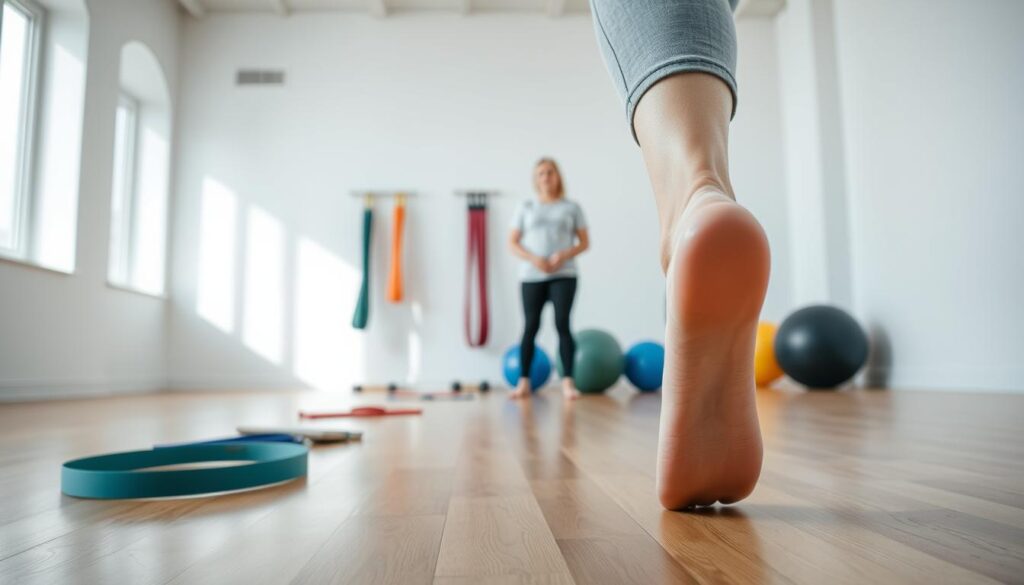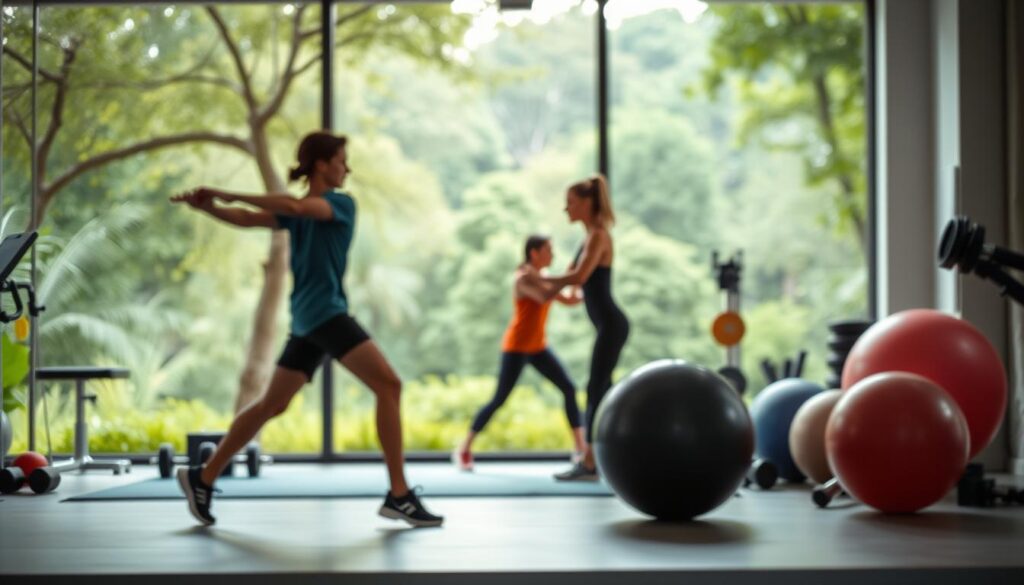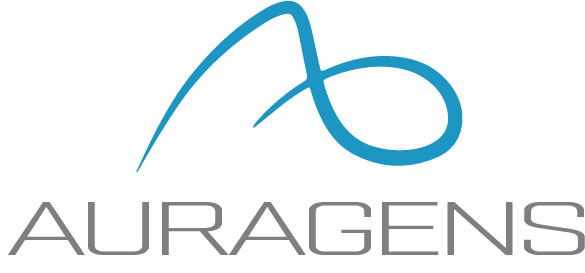Effective Physical Therapy Exercises for Injury Recovery
Recovering from an injury requires a comprehensive approach that not only alleviates pain but also restores function and promotes overall health. Physical therapy is a treatment approach designed to help individuals of all ages recover from medical conditions, illnesses, or injuries that limit their normal abilities.
By incorporating targeted exercises, individuals can enhance their recovery process, improve their body function, and reduce the risk of re-injury. This guide will explore the role of physical therapy in injury recovery and provide insights into effective exercises for different parts of the body.
Key Takeaways
- Understanding the science behind physical therapy and its benefits for injury recovery.
- Learning exercises tailored for different body parts, including lower body, core, and upper body.
- Discovering techniques to improve balance and coordination.
- Adapting progressive exercise programs to individual recovery stages and needs.
- Maximizing recovery outcomes and preventing re-injury through proper techniques and timing.
Understanding the Benefits of Physical Therapy
The benefits of physical therapy are multifaceted, providing patients with a comprehensive approach to injury recovery and pain management. By understanding how therapy aids in the healing process, individuals can better appreciate the role of a physical therapist in restoring movement and function.
How Physical Therapy Aids Recovery
Physical therapy plays a vital role in the recovery process by employing various techniques to promote healing, reduce pain, and restore function. A therapist will typically begin by evaluating the patient’s range of motion and determining the cause of restricted movement.
- Initial evaluation to assess the injury and determine the appropriate treatment plan.
- Gentle exercises and therapy techniques to manage pain and promote healing.
- Progressive exercises to strengthen muscles and improve movement.
When to Start Physical Therapy After Injury
The timing of physical therapy initiation depends on the type and severity of the injury. Most medical professionals recommend starting therapy as soon as safely possible to prevent muscle atrophy and joint stiffness.
- Consult with a doctor and physical therapist to create a personalized timeline.
- Early intervention often focuses on gentle range of motion exercises and pain management techniques.
- For post-surgical rehabilitation, physical therapy typically begins within days of the procedure.
Essential Physical Therapy Exercises for Lower Body Rehabilitation

Effective rehabilitation of the lower body involves a range of physical therapy exercises designed to restore strength, flexibility, and function.
These exercises are crucial for recovering from injuries and returning to normal activities. The following sections outline key exercises for different muscle groups.
Hamstring and Piriformis Stretches
Hamstring and piriformis stretches are vital for improving flexibility and reducing muscle tension. To stretch your hamstring, sit on the floor with your legs straight out in front of you. Lean forward, reaching for your toes, and hold for 30 seconds. For the piriformis, lie on your back with your affected leg crossed over your other leg. Gently pull your knee toward your opposite shoulder until you feel a stretch.
Hip Flexor and Quad Strengthening Exercises
Strengthening the hip flexors and quadriceps is essential for regaining strength and stability. One effective exercise is the straight leg raise. Lie on your back, lift one leg about 6 inches off the ground, and hold for a few seconds before lowering it back down. For quadriceps strengthening, stand with one hand against a wall for balance, lift one leg behind you, and hold for a count of 5.
Calf and Ankle Strengthening Techniques
Calf and ankle strengthening techniques are critical for restoring stability and proper walking mechanics. The heel raise exercise is particularly effective. Stand facing a counter with your feet flat on the floor, rise up onto your toes, and then slowly lower back down. For an advanced variation, stand on the edge of a stair with your heel hanging off, then lower and raise your heel.
| Exercise | Muscle Group | Benefit |
|---|---|---|
| Heel Raise | Calf | Strengthens calf muscles, improving ankle stability |
| Straight Leg Raise | Hip Flexor | Enhances hip flexor strength, aiding in mobility |
| Hamstring Stretch | Hamstring | Improves flexibility, reducing muscle tension |
Core Strengthening and Stabilization Exercises
Core exercises play a vital role in enhancing physical stability and promoting recovery from injuries. A strong core is the foundation of overall physical fitness, enabling individuals to perform daily activities and athletic endeavors with greater efficiency and less risk of injury.
Effective core strengthening involves a variety of exercises tailored to improve the stability and strength of the core muscles. Two essential components of core strengthening exercises are pelvic tilts and bridges, as well as advanced abdominal strengthening techniques.
Pelvic Tilts and Bridges for Core Stability
Pelvic tilts and bridges are fundamental exercises for enhancing core stability. To perform a pelvic tilt, lie on your back with your knees bent and feet flat on the floor. Tilt your pelvis upwards and then back down to the starting position, repeating the motion. Bridges involve lifting your hips off the ground, squeezing your glutes and lower back muscles, and then lowering back down. These exercises help in stabilizing the lower back and improving overall core strength.
Advanced Abdominal Strengthening Techniques
Advanced abdominal strengthening techniques, such as the “dead bug” exercise and plank variations, are designed to challenge the core muscles further. For example, in a plank position, you lie on your stomach supported by your elbows and toes, engaging your core muscle to maintain a straight line from head to heels. These physical therapy exercises enhance core strength and stability, preparing individuals for more demanding physical activities.
By incorporating these exercises into a rehabilitation program, individuals can achieve significant improvements in core stability and overall physical function.
Upper Body and Shoulder Physical Therapy Exercises
Physical therapy exercises targeting the upper body and shoulder are vital for regaining strength and mobility. These exercises are designed to rehabilitate and strengthen the muscles, tendons, and ligaments in the upper body, enhancing overall physical function.
Chest and Triceps Rehabilitation Exercises
Rehabilitation exercises for the chest and triceps are crucial for restoring posture and strength. Examples include chest presses and triceps extensions using light weight or resistance bands. These exercises help in regaining the normal range of motion and strength in the chest and triceps.
Rotator Cuff and Scapula Strengthening
Strengthening the rotator cuff and scapula is essential for improving shoulder stability and function. Exercises such as scapular squeezes and external rotations help in enhancing the strength and stability of the shoulder joint. Maintaining proper posture during these exercises is crucial for their effectiveness.
Biceps and Arm Rehabilitation Techniques
Biceps and arm rehabilitation techniques involve a series of exercises performed in different positions to restore strength and function. The Biceps Curl with Overhead Press is a valuable exercise: Stand upright with good posture, holding weights in each hand. Slowly bend your elbows and curl the weights up, then press them overhead. Return to the starting position slowly. This exercise requires control and can be modified using different weights or resistance levels.
- These techniques restore strength and function to the upper extremities.
- Exercises begin with low resistance and controlled movements.
- Biceps curls target the biceps brachii and engage stabilizing muscles.
- Gradual progression of weight or resistance ensures continued strength gains.
For more information on shoulder rehabilitation, visit Auragen’s guide on relieving osteoarthritis in the.
Balance and Coordination Rehabilitation Techniques
Balance and coordination are crucial elements in the rehabilitation process, enabling individuals to regain their independence and confidence. Physical therapy exercises focusing on these aspects are designed to help patients recover from various injuries or neurological conditions.
Standing Balance Exercises
Standing balance exercises are a fundamental component of rehabilitation, aimed at improving an individual’s ability to maintain their center of gravity over their base of support. These exercises often begin with simple tasks such as standing on a firm surface with eyes open, progressing to more challenging conditions like standing on a foam pad or with eyes closed. The goal is to enhance the patient’s balance by challenging their proprioceptive and vestibular systems.
As patients progress, they may be asked to perform tasks that challenge their leg strength and stability, such as single-leg standing or heel-to-toe walking. A therapist closely monitors the patient’s progress, adjusting the difficulty level of the exercises accordingly.
Coordination and Functional Movement Training
Coordination exercises aim to help individuals perform specific tasks by repeating meaningful movement patterns that engage multiple joints and muscles. Examples include picking up objects or touching different body parts. As patients become more capable, they progress to ambulation exercises, starting with parallel bars and gradually moving to walking aids like walkers, crutches, or canes.
For more information on alternative treatments that can complement physical therapy, visit Auragen’s website. Coordination and functional movement training bridges the gap between isolated exercises and real-world activities, making rehabilitation directly applicable to daily life. These training programs incorporate multi-joint movements that mimic specific tasks, such as reaching, grasping, or stepping over obstacles.
- Dual-task training helps prepare patients for the complex demands of everyday environments by performing cognitive and physical tasks simultaneously.
- Task-specific training follows motor learning principles, using repetition with variation to develop adaptable movement patterns.
- Progression involves increasing movement complexity, speed, accuracy requirements, or adding environmental challenges.
Progressive Exercise Programs for Different Recovery Stages

As patients progress through their recovery journey, it’s essential to adapt their exercise programs to meet their changing needs. Physical therapy plays a crucial role in this process, offering a structured approach to rehabilitation.
Beginner Exercises for Early Recovery
In the initial stages of recovery, gentle exercises are introduced to promote healing and restore basic mobility. These beginner exercises focus on improving range of motion and reducing stiffness. Patients are encouraged to perform these exercises 2 times a day, gradually increasing the frequency as their condition improves.
Intermediate Exercises for Progressive Healing
As patients progress, intermediate exercises are incorporated to enhance strength and flexibility. These exercises are designed to challenge the patient appropriately, promoting further recovery without risking re-injury. Physical therapists closely monitor progress, adjusting the exercise program as needed.
Advanced Exercises for Return to Activity
Advanced strengthening exercises prepare patients for a return to their normal activities or sports. These exercises involve complex movements that simulate real-world demands, including plyometric training and agility drills. Patients are guided by physical therapists to ensure proper technique, even at higher intensities, to prevent re-injury and build strength and endurance.
| Recovery Stage | Exercise Focus | Frequency |
|---|---|---|
| Early Recovery | Gentle Exercises, Range of Motion | 2 times a day |
| Progressive Healing | Strengthening, Flexibility | 3 times a day |
| Return to Activity | Advanced Strengthening, Plyometric Training | As directed by physical therapists |
“The key to successful rehabilitation is a well-structured exercise program that adapts to the patient’s recovery stage.”
Conclusion: Maximizing Your Physical Therapy Success
Maximizing the benefits of physical therapy requires a comprehensive approach that includes consistent exercise, proper nutrition, and sufficient rest. By understanding the purpose behind each exercise, you can enhance motivation and proper execution, leading to more effective rehabilitation.
It’s essential to integrate physical therapy exercises into your daily routine, maintaining consistency and improving long-term outcomes. Flexibility, muscle strength, and range of motion are crucial for overall health and well-being. For instance, when performing exercises like lying on your back with knees bent and feet flat on the floor, you’re targeting your lower back and improving your overall muscle strength.
For more information on related treatments, such as stem cell knee treatment, you can explore additional resources. By adopting a lifestyle that promotes overall well-being and incorporating physical therapy principles, you can achieve optimal recovery and prevent future injuries.
